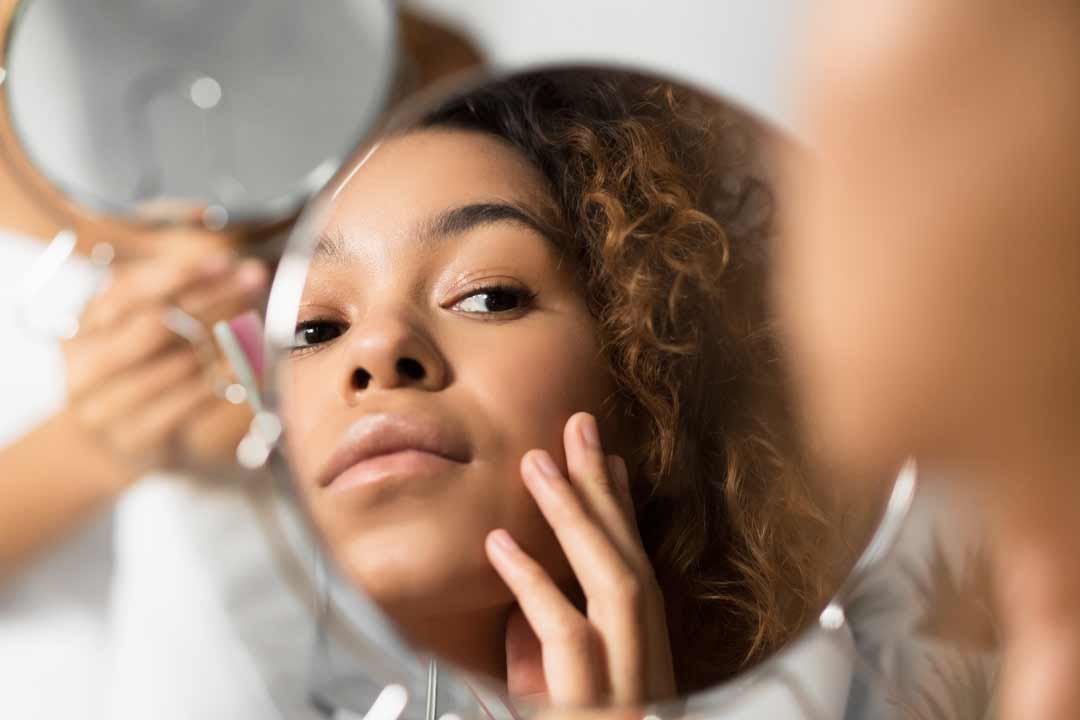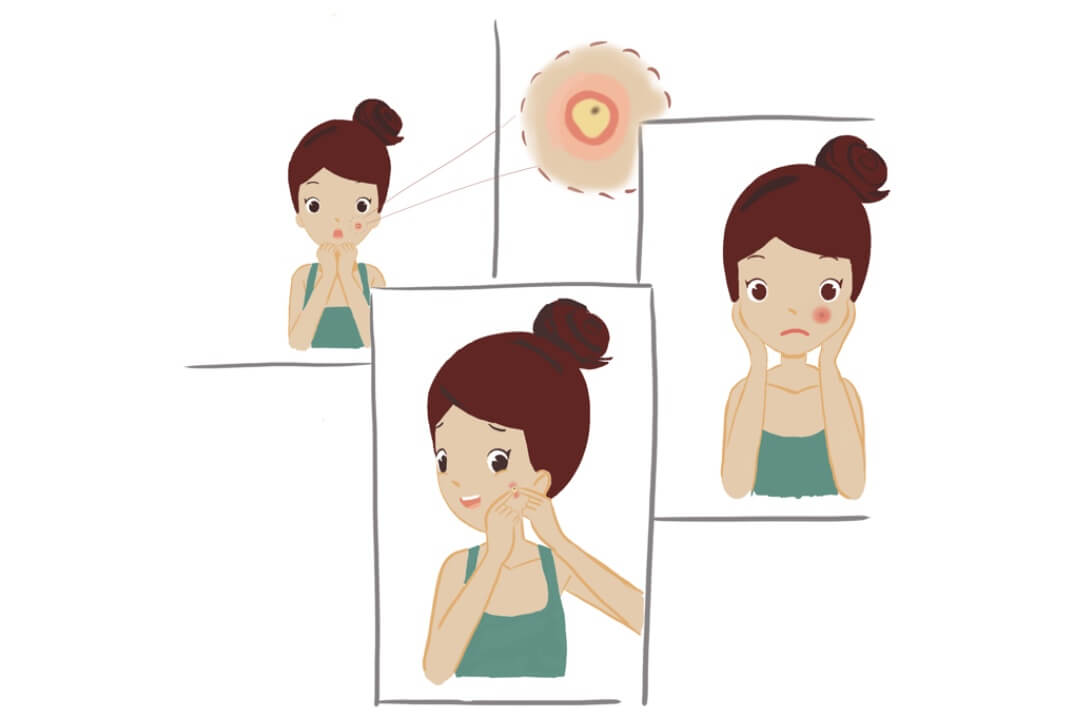Skin Health
To squeeze or not to squeeze?
So you have woken up to a new spot, and you are contemplating whether to pop it or not? We have all been there before! Let's look into whether it is ever acceptable to pop your spots and what are the risks associated with this.
3 min read
Dr Yalda
May 19, 2020

For some people there is something weirdly satisfying about popping a spot. There are many reasons why people pop their spots. Whether by habit, seeking to reduce the size of the spot or just wanting to eradicate it quicker, many of us are guilty of this act! But could this be a dangerous thing?
How are spots formed?
Understanding the science behind this is very important when treating acne-prone skin. Your skin has oil-secreting glands, called the sebaceous glands that are directly attached to your hair follicles. Our face and scalp have more sebaceous glands than anywhere else on our body and this is why we commonly break out in these areas.
The function of these sebaceous glands are to produce sebum (oil) which lubricate the skin and minimise water loss which keeps our skin hydrated. Dead skin and hair cells, in addition to bacteria, can block the pores that sebum travels through. Some people may suffer from excess sebum production giving rise to oily skin. Excess sebum production can also clog up the pores. The inflammation, swelling and infection around the clogged up pore is what gives rise to the appearance of a spot. Sometimes a white tip of pus is also seen, commonly known as a "white head".

The dangers behind squeezing your spots!
Exacerbating your acne
The pressure you put onto your skin to squeeze the spot can force bacteria and dead skin cells deeper into your skin layers, thereby spreading the infection. The bacteria that is on your fingertips and nails can also cause further outbreaks. This can lead to a vicious cycle and worsen your acne.
Scarring and pigmentation
The trauma from picking and squeezing the spots can also leave you with long term scarring. This is often the case when tools and needles are incorrectly used to pop the spot. The trauma also increases your inflammatory response which triggers excessive melanocyte activity. Your melanocytes are responsible for melanin production in your skin and melanin gives rise to your skin, hair and eye colour. Excess pigmentation in an area following trauma is commonly known as "post-inflammatory pigmentation". Post-inflammatory pigmentation can often take weeks to months to disappear.
Pain!
Acne can be a physically painful condition. The redness, swelling and inflammation are what makes it painful. Squeezing an area which is already irritated can lead to agony. What's even more painful is where a spot doesn't have a "head" and hasn't come to the surface, often requiring quite a lot of force to break the skin and release the pus - not a pleasant experience!
Is it ever acceptable to squeeze your spots?
The short answer to this is heavily qualified yes, but you need a professional that is extremely careful and skilled so as to avoid causing damage. Commonly, aesthetic practitioners offer "manual extraction" facials which involves using sterile needles and extractors to extract pus from the spot carefully.
Several steps are taken to minimise the risk:
- Skin is thoroughly cleansed using an antimicrobial solution
- Gloves are used at all times
- Only spots that are suitable for extraction will be removed
- Vigorous pressure and force are not used
- Skin is thoroughly cleansed after.